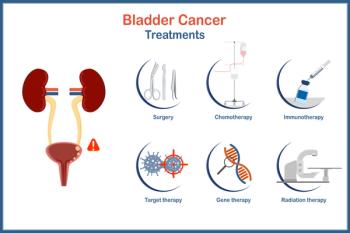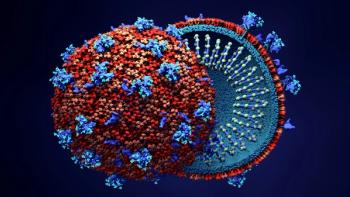
New Rule Could Increase Value-Based Payment Options in Home Healthcare
What new changes to the Home Health Prospective Payment System could mean.
CMS
The rule includes steps to implement the
Key takeaways include:
- Medicare payments to home health agencies are
expected to increase 2.2% ($420 million) next year
- Remote patient monitoring has stronger support under new rule changes
- Regulatory burden reduction one of the central themes of the home health rules
- Greater opportunity for home health service organizations to engage with payer/provider organizations to deliver value-based care and meet the needs of patients.
In January 1, 2016, the CMS Innovation Center implemented the Home Health Value-Based Purchasing (HHVBP) Model. This new model was designed to support greater quality and efficiency of care among Medicare-certified Home Health Agencies (HHA) across the nation.
The
- Provide incentives for better quality care with greater efficiency
- Study new potential quality and efficiency measures for appropriateness in the home health setting
- Enhance the current public reporting process.
The HHVBP Model will be implemented among all HHAs in nine states representing each geographic area in the nation. All Medicare-certified HHAs that provide services in Massachusetts, Maryland, North Carolina, Florida, Washington, Arizona, Iowa, Nebraska, and Tennessee will compete on value in the HHVBP model, where payment is tied to quality performance. HHAs in these nine states will have their payments adjusted in the following manner:
- a maximum payment adjustment of 3% (upward or downward) in 2018,
- a maximum payment adjustment of 5% (upward or downward) in 2019,
- a maximum payment adjustment of 6% (upward or downward) in 2020,
- a maximum payment adjustment of 7% (upward or downward) in 2021,
- a maximum payment adjustment of 8% (upward or downward) in 2022.
“This model is designed so there is no selection bias, participants are representative of home health agencies nationally, and there is sufficient participation to generate meaningful results among all Medicare-certified HHAs nationally,” says Dominic Galante, MD, MS, chief medical officer, Access Experience Team at Precision for Value.
Related article:
In 2019, for example, home health providers in the participating states were exposed to a maximum adjustment of 5%. In 2020, that adjustment rises to 6%, with a 1% annual increase in 2021 and 2022, he says. “For calendar year (CY) 2020, CMS is proposing to publicly report Total Performance Scores (TPS) and TPS Percentile Ranking for each home health agency in the nine model states that qualified for a payment adjustment. The agency expects that data to then be made public after December 1, 2021.”
“CMS is moving forward with many of the provisions originally included in the PDGM while also proposing to implement a new home infusion benefit, eliminate home health pre-payments and make Value-Based Purchasing Model (VBPM) performance data public,” says Galante. “Overall, CMS’s proposed rule for 2020 includes updates that would increase Medicare payments to home health agencies by 1.3%-
Most notably is CMS’s ambitions to phase out pre-payments for home health services, Galante says. “Currently, home health providers can obtain 50% to 60% of the anticipated payment at the beginning of a patient’s care episode through a Request for Anticipated Payment (RAP),” he says.
According to CMS, government watchdogs have seen a marked increase in RAP fraud schemes perpetrated by existing home health agencies that receive significant upfront payments, never submit final claims, and then close for business. Specifically, CMS is proposing to phase out RAP payments for existing providers over the next year and eliminate them completely by 2021.
Home infusion therapy
According to Galante, also included in CMS’s latest proposed payment rule is a pitch for a permanent home infusion therapy benefit to be implemented in calendar year 2021, a step mandated by the
“The new permanent home infusion therapy benefit allows patients to receive a higher level of care in their home environment,” Galante says. “The proposed rule would allow providers to use durable medical equipment pumps and provide services at home. Beneficiaries could receive anti-infectives, chemotherapy, immune deficiency treatments, or other critical infusion drug therapies without having to go to the hospital or a provider’s office.”
Quality measures
CMS is also proposing to add two quality measures to the
A newly designed HH QRP standardized patient assessment data elements (SPADEs) would also serve, along with the rest of the Outcome Assessment Information Set, to improve coordination of care with a particular focus on mental health and social determinants of health, according to Galante.
“CMS would adjust the
The new rule also would allow therapist assistants to perform at the top of their licensure and give maintenance therapy to patients in their homes, which extends the flexibility of home healthcare under Medicare.
“There were a couple of unexpected positive elements that were included in
Newsletter
Get the latest industry news, event updates, and more from Managed healthcare Executive.

















































